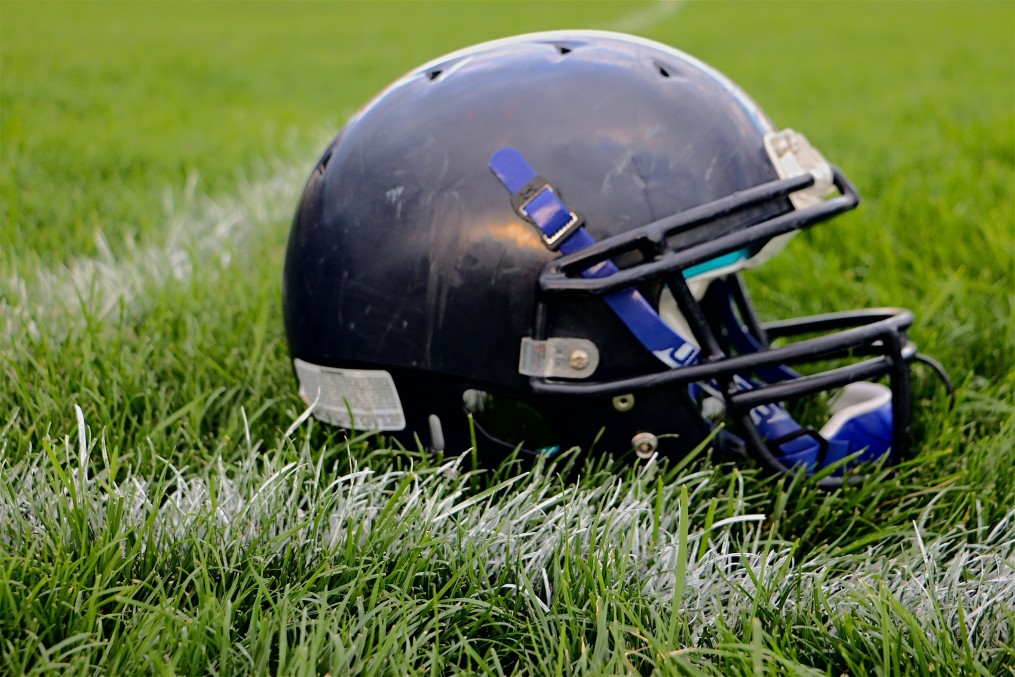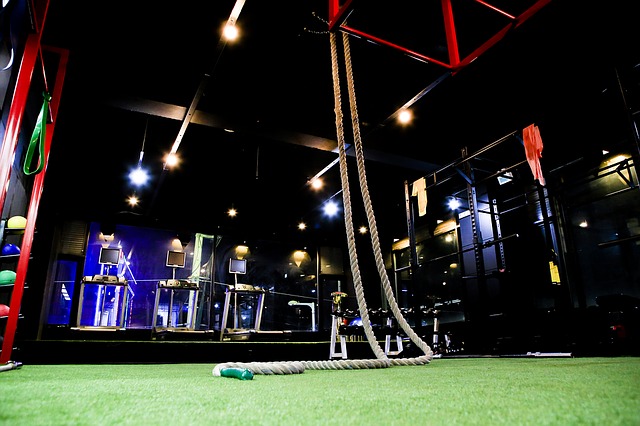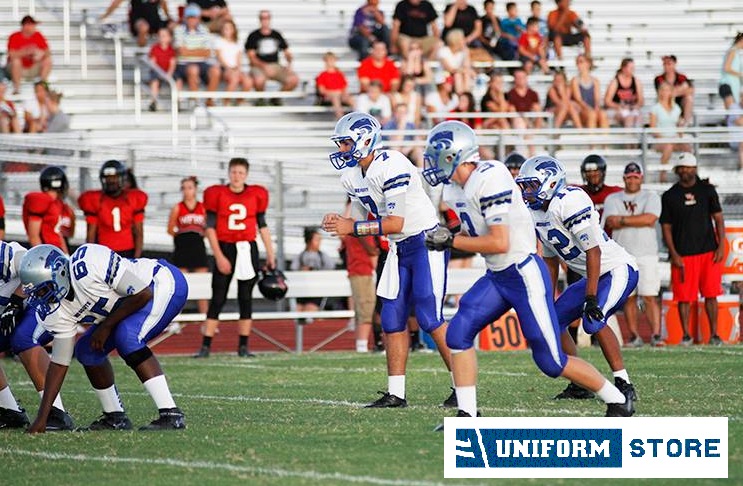Are you interested in learning more about football? Whether you want to understand the game better so you can enjoy watching it, or you’re interested in playing yourself, a good place to start is by understanding the rules.
Football can be a complex game, but once you understand the basics, it can be enjoyable to watch and play. In this blog post, we’ll give you a beginner’s guide to the rules of football. We’ll cover the basic concepts of the game, how it is played, and some of the most important rules to know. By the end, you should have a good understanding of the game and be able to follow along next time you watch or play.
Introduction: why understanding the rules of football is important for beginners
Football is a physical sport that requires split-second decisions. If you don’t understand the rules of the game, you could get hurt or injure another player. Football is a complex sport with many different rules. Beginners need to take the time to understand the basic rules before they can advance to more complex levels of play. Football is dangerous if you don’t know what you’re doing. You could get a concussion or break a bone. Football is a contact sport and players need to be aware of their surroundings at all times. Football is also a team sport. Each player has a specific role to play in order for the team to succeed. Football requires cooperation, communication, and discipline. Understanding the rules of football is essential for beginners. Football is a great way to stay physically active and it can be enjoyed by people of all ages. Football can be played recreationally or competitively. Brings people together and fosters a sense of community. Football is an exciting sport that can be enjoyed by everyone. Understanding the rules of football is important for beginners so that they can stay safe and have fun while playing the game.
The basic rules of football
Football is a sport that is played by two teams of eleven players on a rectangular field. The object of the game is to score points by carrying the ball into the opposing team’s end zone or by kicking the ball through the other team’s goalposts. Football is a physically demanding sport, and players must be well-conditioned in order to compete at a high level. In addition to strength and speed, football players need to have good hand-eye coordination and be able to think quickly on their feet. Football is a popular sport around the world, and there are many different leagues and competitions. Can be traced back to ancient times, and it is thought that the first games were played in China. Football has come a long way since those early days, but the basic rules of the game remain the same. Football is a sport that is enjoyed by millions of people around the world, and it shows no signs of slowing down any time soon.
The offside rule
The offside rule is one of the most misunderstood and controversial rules in football. Put simply, it states that a player cannot be in an offside position when the ball is played unless they are level with the second-last defender. However, there are a number of complexities to the rule, which often lead to confusion and debate. For example, the rule takes into account the position of both the ball and the players at the time the ball is played, which can often make it difficult to determine whether or not a player is in an offside position. In addition, there is also a ‘passive offside’ rule, which stipulates that a player can be penalized for being in an offside position if they make no attempt to play the ball. As a result, the offside rule can be a complex and confusing one. However, it is an important part of the game and one that helps to keep Football fair and exciting.
The fouls in football
Football is a physical sport, and players are constantly pushing, pulling, and tackling one another in an attempt to gain control of the ball. This can often lead to fouls being called. A foul is defined as any illegal activity committed by a player, which can result in a penalty. There are a variety of different fouls that can be called in football, ranging from minor infractions to major offenses. The most common type of foul is a personal foul, which includes things like tripping, holding, or hitting another player in a way that is not considered part of the game. Other types of fouls include pass interference, illegal use of hands, and roughing the passer. Some of these penalties can result in an automatic first down for the opposing team, while others may result in the offending player being ejected from the game. Regardless of the severity, all fouls have the potential to impact the outcome of a football game.
Free kicks and penalties in football
In American football, a free kick is a type of kick that is taken without having to snap the ball. A penalty, on the other hand, is a type of infraction that results in a loss of yardage. Both free kicks and penalties can occur during the course of a game, and they can have a significant impact on the outcome.
Free kicks are typically awarded for minor infractions, such as offsides or illegal Procedures. The most common type of free kick is the punt, which is used to keep the opponents from gaining good field position. Penalties, on the other hand, are typically reserved for more serious infractions, such as unsportsmanlike conduct or intentional grounding. penalties can result in a loss of yards, or even an automatic first down for the opposing team. As a result, it is important for players to be aware of the rules governing both free kicks and penalties in order to avoid costly mistakes.
Conclusion: how understanding the rules of football can help you enjoy the game more
American football is a complex sport with a long history and a wide variety of rules. However, understanding the basics of the game can help any fan to enjoy it more. There are two teams of eleven players each, and the object of the game is to score points by carrying the ball into the opposing team’s end zone. The team with the most points at the end of the game wins. American football is a physically demanding sport, and players must be strong and fast to be successful. Understanding the rules of American football can help you appreciate the athleticism of the players and the strategy of the game. With knowledge of the basic rules, you can sit back and enjoy watching American football without getting too caught up in all of the jargon. So if you’re looking to improve your American football experience, start by learning a few simple rules and getting yourself a uniform football jersey. You might be surprised at how much more enjoyable the game becomes.














